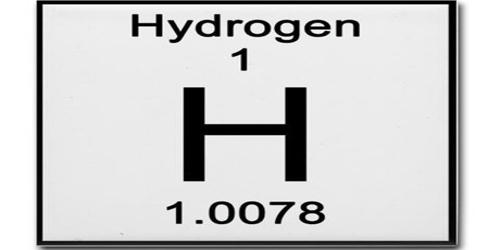Disciplinary Actions in HRM
Acceptable attitude and behavior of employees are known as employee discipline. Employee discipline has an important role in the attainment of the organizational goal. So, if there arises any disciplinary problem, action has to be taken promptly. Disciplinary action must be progressive. It involves stepwise actions which must be focused on the improvement of negative activities, attitude, and behavior. Effective, fair and promptly implementable action can only reduce the disciplinary problems. There are following six steps in disciplinary actions:
Oral warning:
When the disciplinary problem is seen, first and foremost, an oral warning must be given to the employees. This is the general type of disciplinary action. An employee must be warned individually. This is a general type of disciplinary action. The employee must be warned individually. This is a type of informal action. Following factors must be considered while giving an oral warning:
- Employees are to be informed about the rules they have broken.
- With a plan for improvement in employee’s attitude and behavior, chance must be provided to defend them.
- They must be assured of assisting in the future if they improve their attitude.
- The description of oral warning must be recorded in employee’s personnel file.
Written warning:
If the attitude of employees is not improved after oral warning, a written warning must be given. It is the first step of formal disciplinary action. Following tasks are done in this step:
- The reason for the problem stating the situation not improved after the oral warning.
- Warning not to repeat indiscipline in the future.
- Possible action if similar indiscipline is repeated in the future.
- Giving chance to defend with a plan of improving them.
- Keeping a copy of written warning in employee’s personal record file.
Suspension:
If the employees are not improved even after the written warning, they are suspended from their job. It is a short-term termination of the job. Considering the nature of the disciplinary problem employees can be suspended for 1 day, 1 week, 1 month or more than that. Employees are not paid their salary for the suspension period. For the suspension, there must be the noteworthy mistake. Following works are done in this step:
- For suspension, written suspension notice for the ascertained period is given to the concern employees.
- Information regarding suspension is given to the notice board.
- The action paper about suspension is kept in the employee’s personal record file.
Pay cut:
If the same problem prevails even after the suspension, the productivity of employee has decreased she/he is creating an economic load to the organization, management decides to cut the pay of the employee. Since its effect is long term, it is comparatively a harsh/ruthless disciplinary action. It is a monetary punishment. Though there is the pay cut, the position of the employee is not declined. If the employee improves work performance and attitude, she/he is paid again as previous pay level. Generally, there are three types of pay cut: stopping the grade, reducing minimum level salary scale, calculating the economic load of employee destroys and reducing it from the monthly salary.
Demotion:
If pay cut action doesn’t improve the situation, then the employees are demoted. In demotion, employees position is lowered by one level than the current position. Since it is permanent by nature, it is sure that employee will be negative towards the organization. Therefore, it requires serious consideration before attempting to demotion. If the organization is sure of an employee not quitting the job and not reducing the work performance, and the action does not adversely affect in long run, the action can be considered. Demotion not only minimizes the position but also reduces the salary and service facility. Therefore, there is the high possibility of making employees negative towards the organization forever.
Dismissal:
Dismissal is also known as the termination of the employees from the organization. It will end the formal organizational relationship between employee and the organization. If an employee is not improved from the above-stated action or commits a serious crime the, this action is taken. Generally, dismissal is done with two consideration as:
- Employee is supposed to be eligible in the future
- Supposed to be ineligible in future also.
In the case of the former situation, employees can again be selected from the free competition and can rejoin the organization whereas in the latter case, there is no chance of the employee for rejoining the organization. Dismissed employees are blacklisted.
Information Source:
















